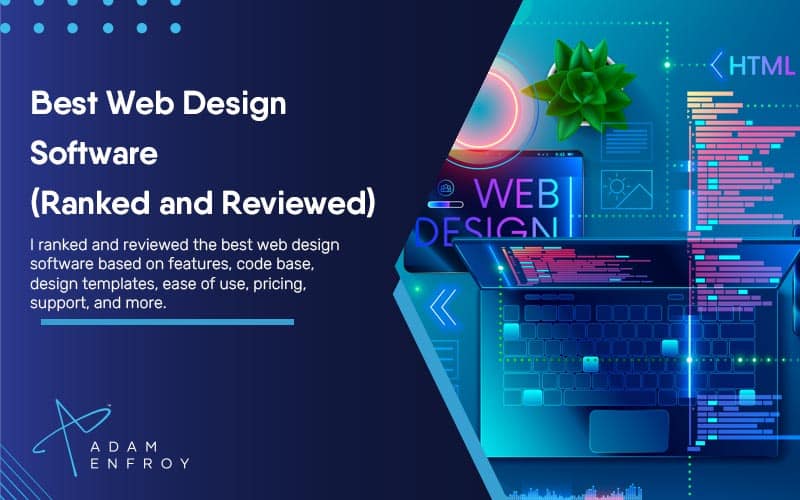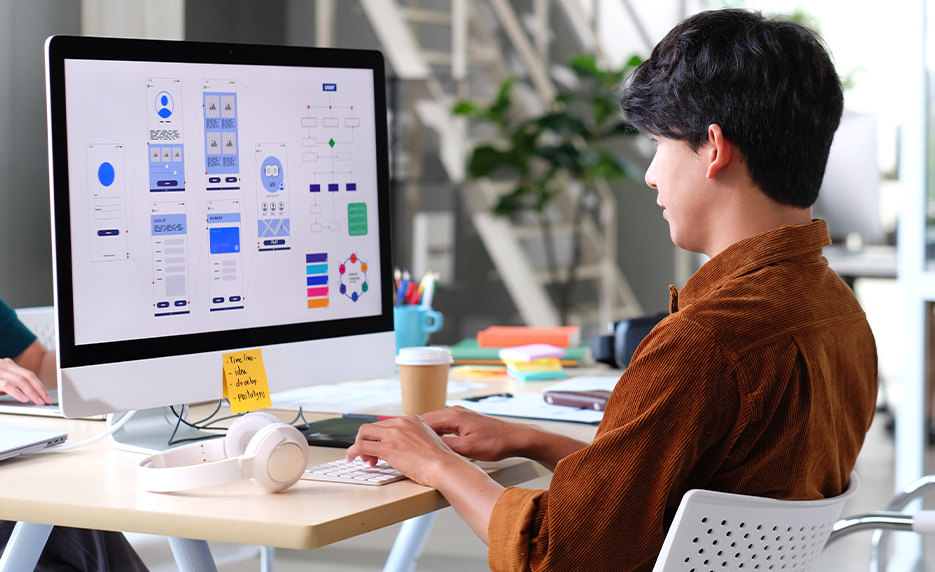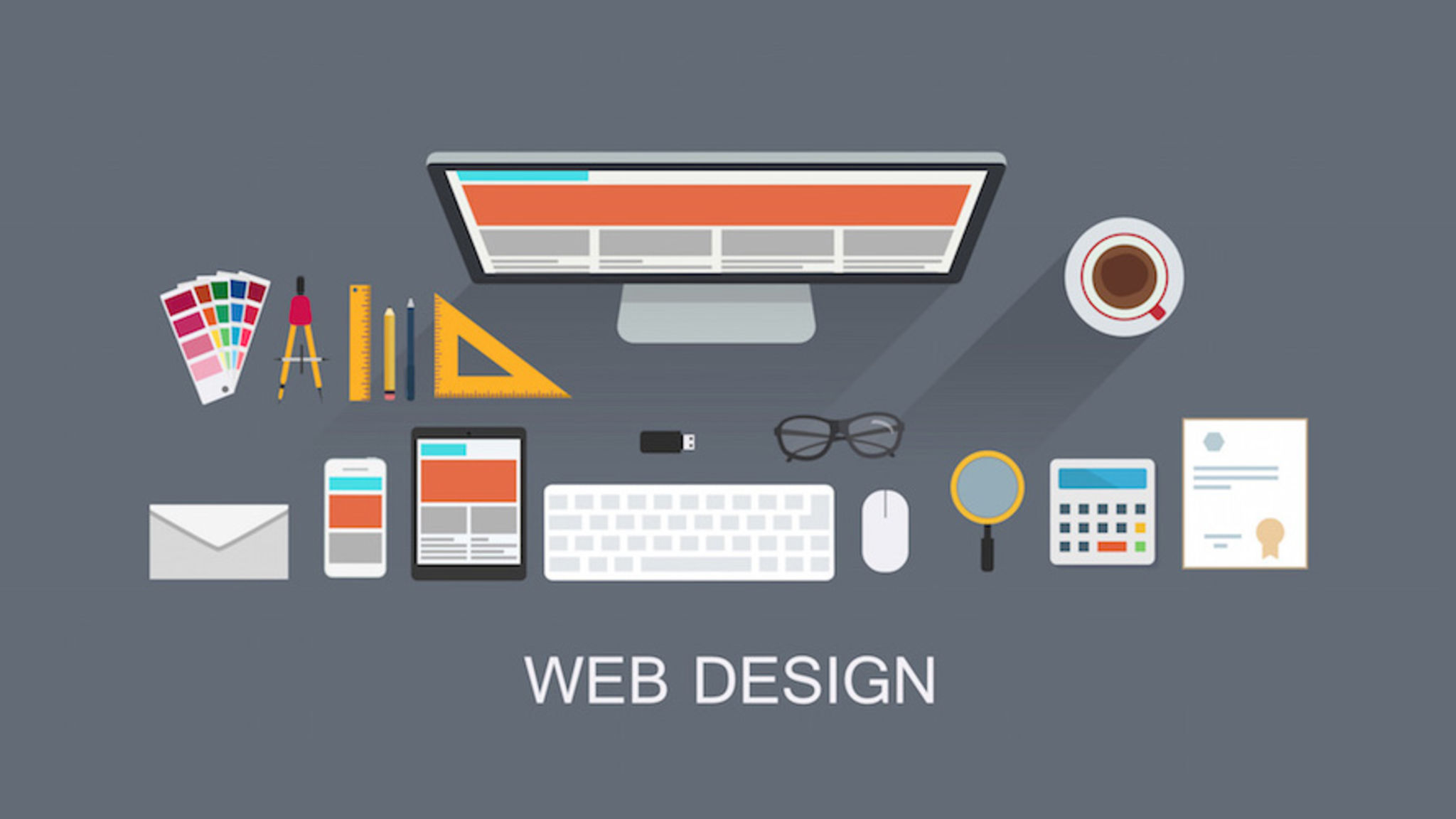All Categories
Featured
Table of Contents
- – Web Design Services - Networksolutions.com Tip...
- – 12 Essential Tips For Improving Your Web Desi...
- – Web Design Certificate - Web Development Cert...
- – Html Responsive Web Design - W3schools Tips a...
- – Html Responsive Web Design - W3schools Tips a...
- – Web Design Studio & Digital Marketing Agency ...
- – The Top 10 Most Important Elements Of A Webs...
- – Sustainable Web Design: Home Tips and Tricks:
- – Beginner's Guide: How To Learn Web Design At...
- – Web Design Software By Xara Tips and Tricks:
- – Webdesign Designs, Themes, Templates And ......
Web Design Services - Networksolutions.com Tips and Tricks:
Quick summary Usability and the energy, not the visual design, identify the success or failure of a website. Since the visitor of the page is the only person who clicks the mouse and for that reason chooses everything, user-centric design has actually developed as a standard method for successful and profit-oriented web design - web design frederick md.
and the energy, not the visual design, figure out the success or failure of a site. Considering that the visitor of the page is the only individual who clicks the mouse and therefore chooses whatever, user-centric style has become a standard approach for effective and profit-oriented web style. After all, if users can't utilize a function, it may too not exist.
g. where the search box must be positioned) as it has currently been carried out in a number of posts; instead we concentrate on the approaches which, utilized appropriately, can cause more advanced design choices and simplify the procedure of viewing provided info. Please notice that you might be interested in the usability-related articles we've released before: Concepts Of Good Website Design And Efficient Website Design Guidelines, In order to utilize the principles correctly we initially need to comprehend how users engage with websites, how they think and what are the fundamental patterns of users' behavior.
12 Essential Tips For Improving Your Web Design In 2022 Tips and Tricks:
Visitors look at each brand-new page, scan a few of the text, and click on the very first link that captures their interest or slightly looks like the important things they're trying to find. In reality, there are big parts of the page they do not even look at. A lot of users search for something interesting (or useful) and clickable; as quickly as some promising prospects are found, users click.
If a page provides users with premium material, they want to compromise the content with advertisements and the style of the website. This is the factor why not-that-well-designed websites with top quality material acquire a lot of traffic over years. Content is more crucial than the design which supports it.

Really easy concept: If a site isn't able to fulfill users' expectations, then designer failed to get his job done correctly and the company loses cash. The greater is the cognitive load and the less intuitive is the navigation, the more ready are users to leave the website and search for alternatives.
Web Design Certificate - Web Development Certificate Program Tips and Tricks:
Neither do they scan website in a direct fashion, going sequentially from one website area to another one. Instead users satisfice; they pick the very first affordable choice. As quickly as they discover a link that appears like it might result in the objective, there is a great opportunity that it will be instantly clicked.
It does not matter to us if we comprehend how things work, as long as we can use them. If your audience is going to imitate you're creating signboard, then design great billboards." Users desire to have the ability to control their internet browser and rely on the constant data presentation throughout the site.
If the navigation and website architecture aren't instinctive, the variety of enigma grows and makes it harder for users to comprehend how the system works and how to receive from point A to point B. A clear structure, moderate visual hints and quickly recognizable links can assist users to find their path to their objective.
Html Responsive Web Design - W3schools Tips and Tricks:

Given that users tend to explore sites according to the "F"-pattern, these 3 statements would be the very first components users will see on the page once it is filled. The style itself is easy and instinctive, to comprehend what the page is about the user requires to browse for the response.
As soon as you have actually accomplished this, you can interact why the system works and how users can benefit from it. Individuals will not utilize your web website if they can't find their way around it. 2. Don't Waste Users' Persistence, In every project when you are going to provide your visitors some service or tool, attempt to keep your user requirements very little.
Novice visitors are willing to, not filling long web forms for an account they may never use in the future. Let users check out the website and discover your services without forcing them into sharing personal information. It's not reasonable to force users to get in an email address to check the function.
Html Responsive Web Design - W3schools Tips and Tricks:
And that's what you desire your users to feel on your web site. The registration can be done in less than 30 seconds as the type has horizontal orientation, the user doesn't even need to scroll the page.
A user registration alone is adequate of an impediment to user navigation to cut down on inbound traffic. Manage To Focus Users' Attention, As websites provide both static and vibrant material, some aspects of the user interface draw in attention more than others do.
Focusing users' attention to specific areas of the website with a moderate usage of visual components can assist your visitors to receive from point A to point B without thinking about how it really is supposed to be done. The less question marks visitors have, the they have and the more trust they can establish towards the company the site represents.
Web Design Studio & Digital Marketing Agency • Gravitate Tips and Tricks:
Make Every Effort For Function Exposure, Modern web designs are typically slammed due to their approach of directing users with aesthetically appealing 1-2-3-done-steps, large buttons with visual results and so on. From the style perspective these aspects really aren't a bad thing.
The website has 9 main navigation alternatives which show up at the first glance. The choice of colors may be too light, though. is a fundamental principle of effective interface style. It doesn't actually matter how this is achieved. What matters is that the material is well-understood and visitors feel comfortable with the way they engage with the system.
Rather a cost: just what visitors are looking for. An optimum option for reliable writing is touse brief and concise expressions (come to the point as quickly as possible), use scannable layout (classify the content, use multiple heading levels, use visual components and bulleted lists which break the circulation of uniform text blocks), use plain and objective language (a promo doesn't require to sound like advertisement; offer your users some sensible and unbiased factor why they should use your service or stay on your website)6.
The Top 10 Most Important Elements Of A Website Design Tips and Tricks:
Users are hardly ever on a site to take pleasure in the design; in addition, for the most part they are trying to find the information regardless of the style - web design frederick md. Pursue simpleness rather of intricacy. From the visitors' point of view, the finest website design is a pure text, with no advertisements or additional content obstructs matching exactly the question visitors used or the content they've been trying to find.
Finch clearly presents the information about the website and offers visitors a choice of choices without overcrowding them with unneeded material. 7. Don't Be Afraid Of The White Area, Actually it's actually hard to overestimate the value of white area. Not just does it help to for the visitors, however it makes it possible to perceive the info presented on the screen.
Complex structures are more difficult to check out, scan, evaluate and deal with. If you have the option between separating 2 design sectors by a noticeable line or by some whitespace, it's typically much better to use the whitespace service. (Simon's Law): the much better you manage to supply users with a sense of visual hierarchy, the simpler your content will be to perceive.
Sustainable Web Design: Home Tips and Tricks:
The same conventions and guidelines must be used to all elements.: do the most with the least quantity of hints and visual elements. Four significant points to be thought about: simplicity, clarity, distinctiveness, and focus. Simpleness consists of only the components that are most crucial for communication. Clearness: all parts should be created so their significance is not unclear.
Conventions Are Our Pals, Conventional style of site aspects doesn't lead to an uninteresting website. As they minimize the discovering curve, the requirement to figure out how things work. For example, it would be an usability nightmare if all websites had various visual presentation of RSS-feeds. That's not that different from our routine life where we tend to get used to basic concepts of how we arrange data (folders) or do shopping (placement of products).
understand what they're getting out of a website navigation, text structure, search positioning etc. A common example from use sessions is to equate the page in Japanese (assuming your web users don't understand Japanese, e. g. with Babelfish) and provide your usability testers with a task to find something in the page of different language.
Beginner's Guide: How To Learn Web Design At Home - Medium Tips and Tricks:
Steve Krug recommends that it's better to, however make the most of conventions when you don't. 10. Test Early, Test Frequently, This so-called TETO-principle must be applied to every website design task as use tests frequently supply into substantial problems and issues connected to a provided design. Test not far too late, not too little and not for the wrong factors.
Some important indicate remember: according to Steve Krug, and testing one user early in the project is much better than screening 50 near completion. Accoring to Boehm's very first law, mistakes are most frequent throughout requirements and style activities and are the more expensive the later on they are removed.
That suggests that you design something, test it, repair it and after that check it once again. There might be issues which have not been found throughout the first round as users were almost blocked by other problems. functionality tests. Either you'll be pointed to the issues you have or you'll be pointed to the absence of major design defects which remains in both cases a beneficial insight for your job.
Web Design Software By Xara Tips and Tricks:

This holds for designers. After you have actually worked on a website for couple of weeks, you can't observe it from a fresh perspective anymore. You understand how it is developed and for that reason you understand precisely how it works you have the wisdom independent testers and visitors of your site would not have.
It can be linked to other locations such as graphic style, user experience, and multimedia arts, but is more aptly seen from a technological standpoint. It has become a large part of individuals's daily lives. It is hard to think of the Internet without animated graphics, various styles of typography, background, videos and music.

Throughout 1991 to 1993 the World Wide Web was born. Text-only pages might be seen using an easy line-mode internet browser. There had been no integrated method to graphic style elements such as images or noises.
Webdesign Designs, Themes, Templates And ... - Dribbble Tips and Tricks:
The W3C was produced in October 1994 to "lead the World Wide Web to its full potential by developing common protocols that promote its evolution and guarantee its interoperability." This dissuaded any one company from monopolizing a propriety browser and shows language, which might have changed the impact of the Internet as a whole.
As this has occurred the technology of the web has actually likewise moved on. There have actually also been significant modifications in the way people use and access the web, and this has altered how websites are created.
Learn more about Lovell Media Group LLC or TrainACETable of Contents
- – Web Design Services - Networksolutions.com Tip...
- – 12 Essential Tips For Improving Your Web Desi...
- – Web Design Certificate - Web Development Cert...
- – Html Responsive Web Design - W3schools Tips a...
- – Html Responsive Web Design - W3schools Tips a...
- – Web Design Studio & Digital Marketing Agency ...
- – The Top 10 Most Important Elements Of A Webs...
- – Sustainable Web Design: Home Tips and Tricks:
- – Beginner's Guide: How To Learn Web Design At...
- – Web Design Software By Xara Tips and Tricks:
- – Webdesign Designs, Themes, Templates And ......
Latest Posts
Figma: The Collaborative Interface Design Tool. Tips and Tricks:
Web Design - The First 100 Years - Idle Words Tips and Tricks:
Web Design Certificate - Web Development Certificate Program Tips and Tricks:
More
Latest Posts
Figma: The Collaborative Interface Design Tool. Tips and Tricks:
Web Design - The First 100 Years - Idle Words Tips and Tricks:
Web Design Certificate - Web Development Certificate Program Tips and Tricks: